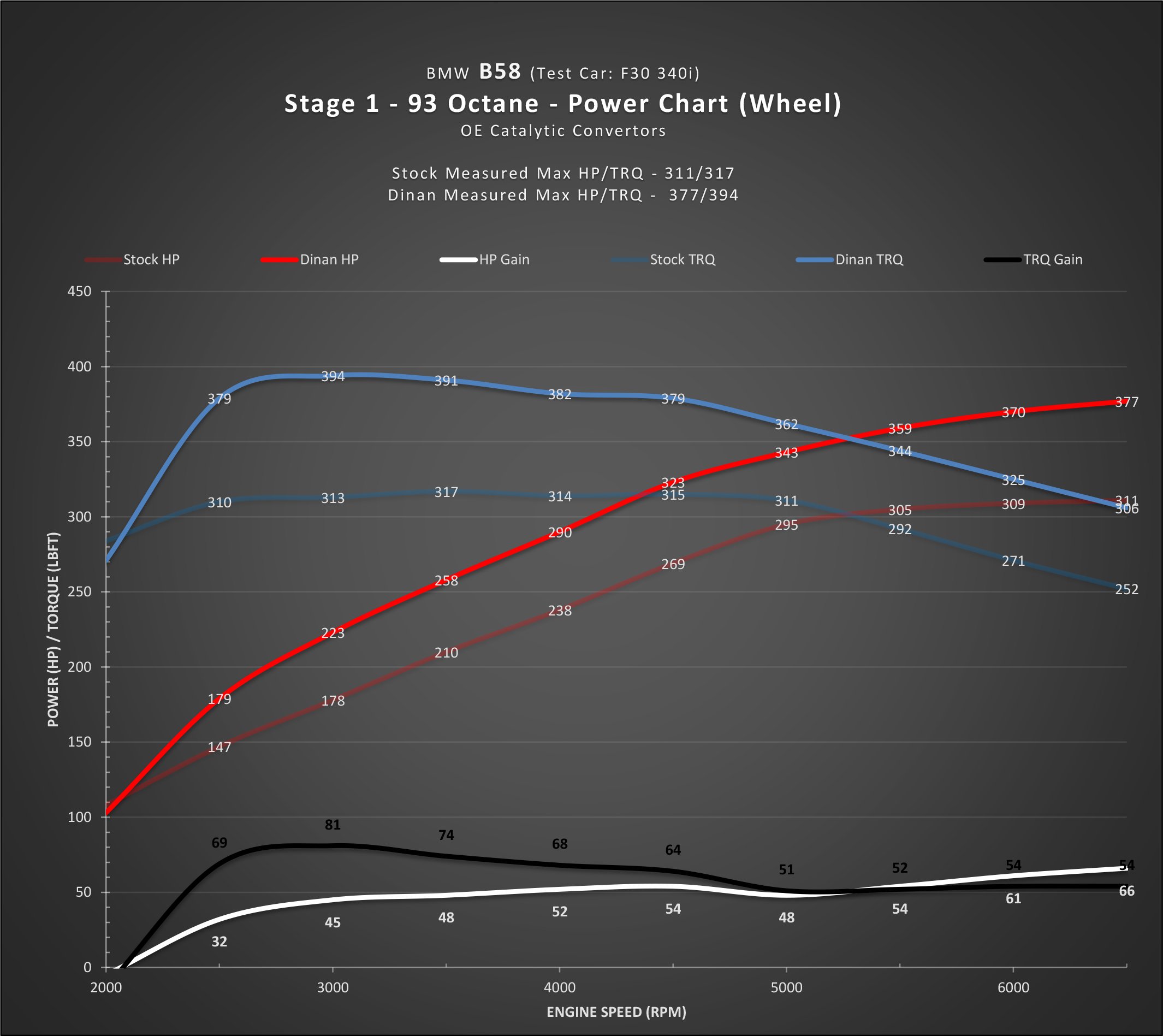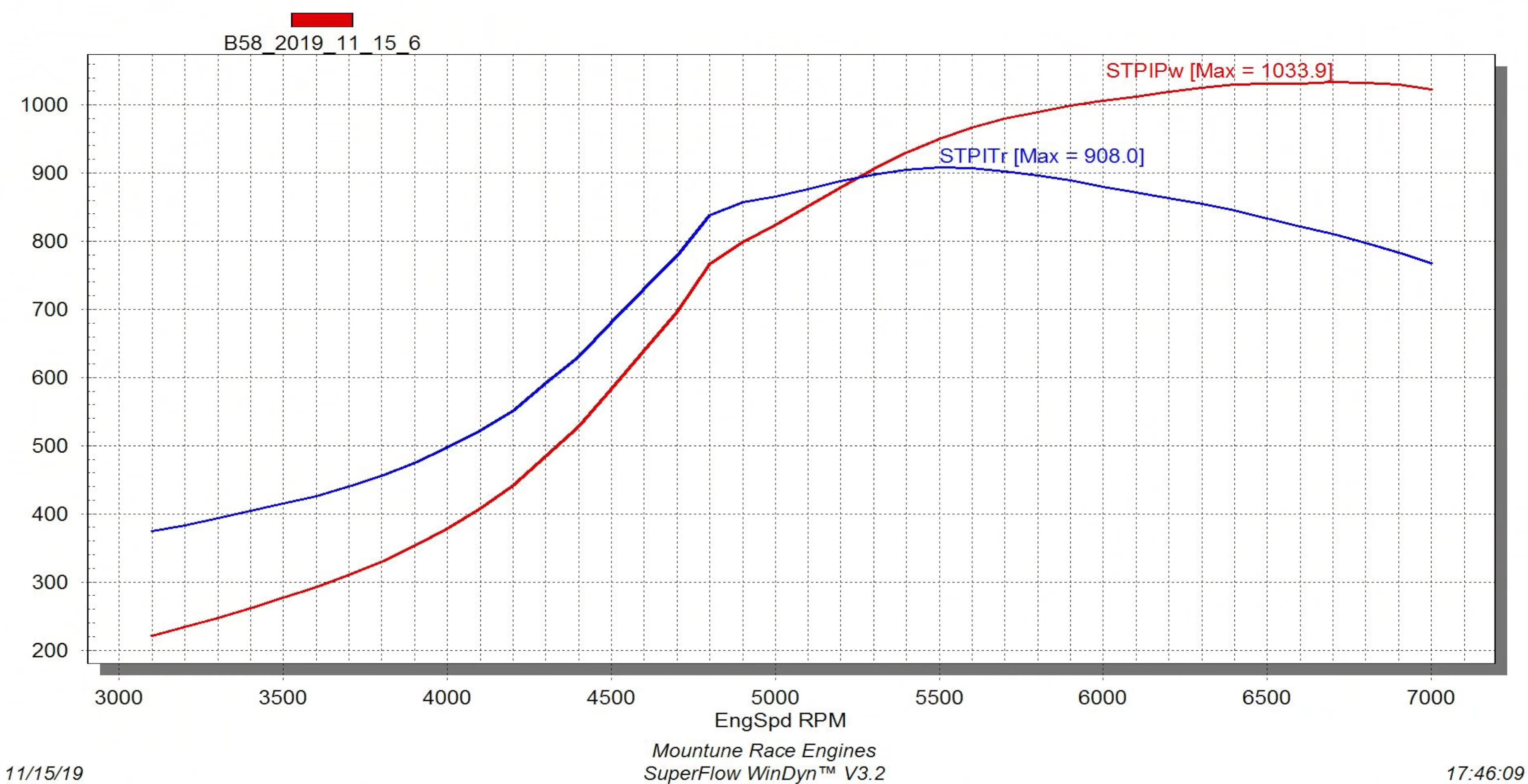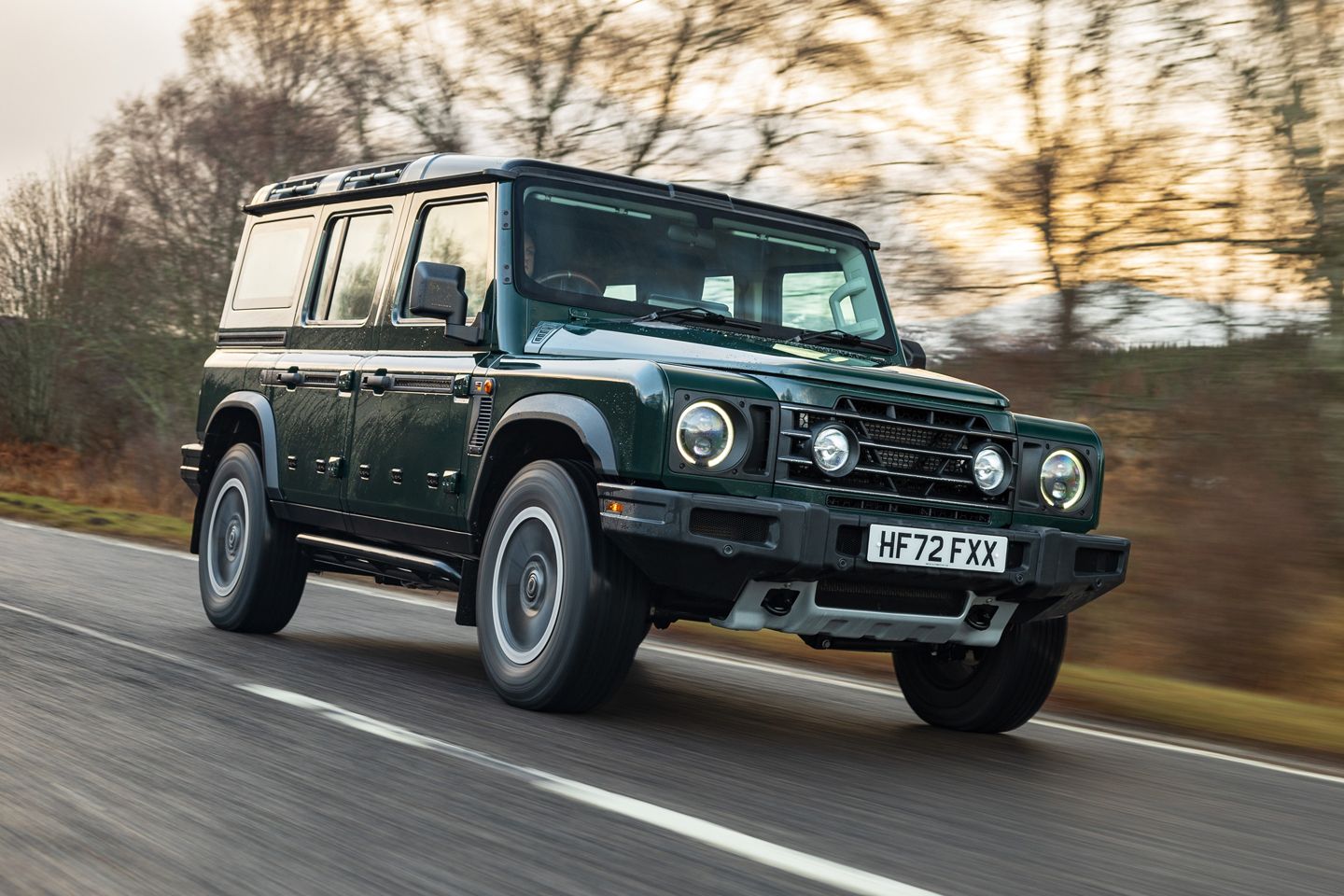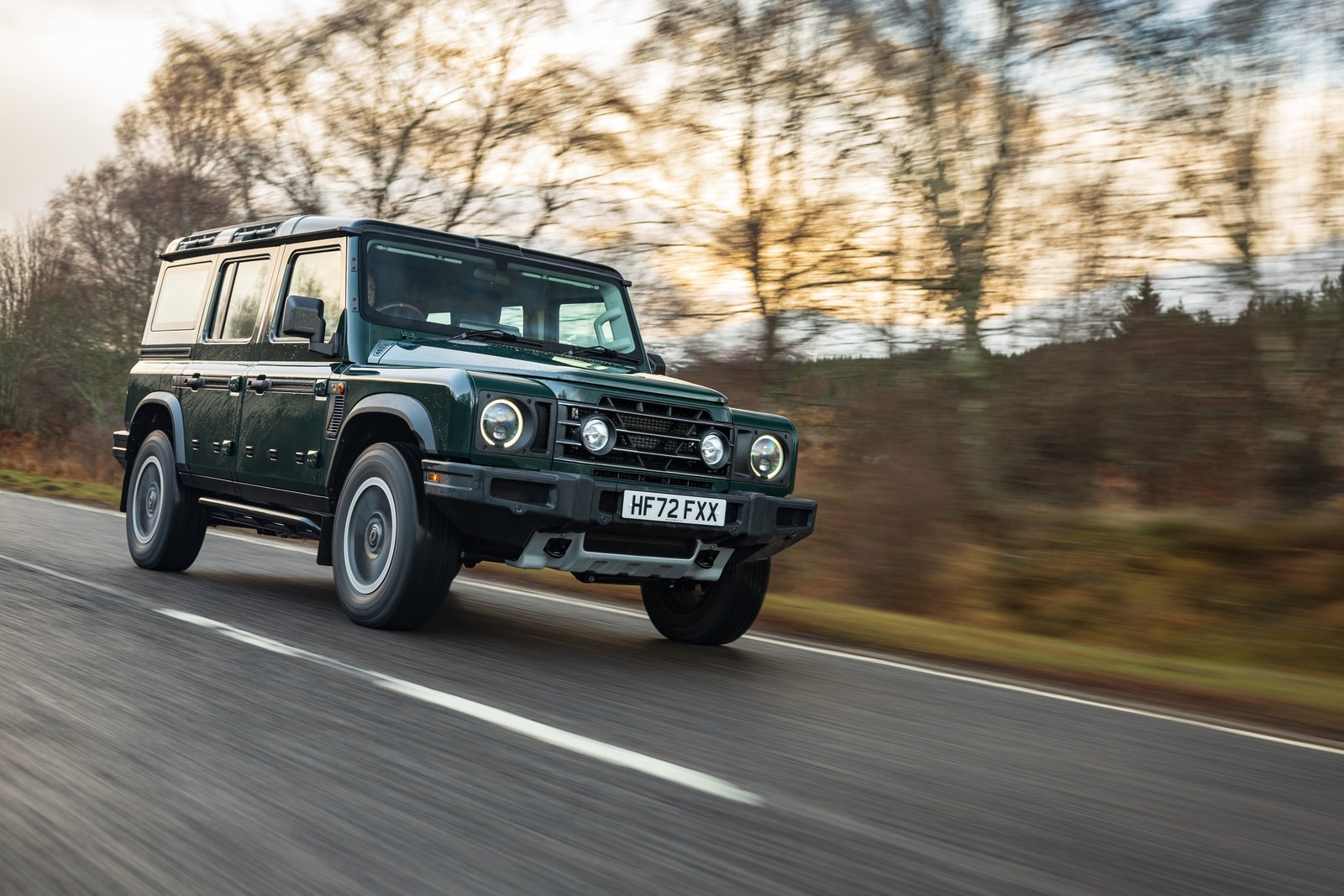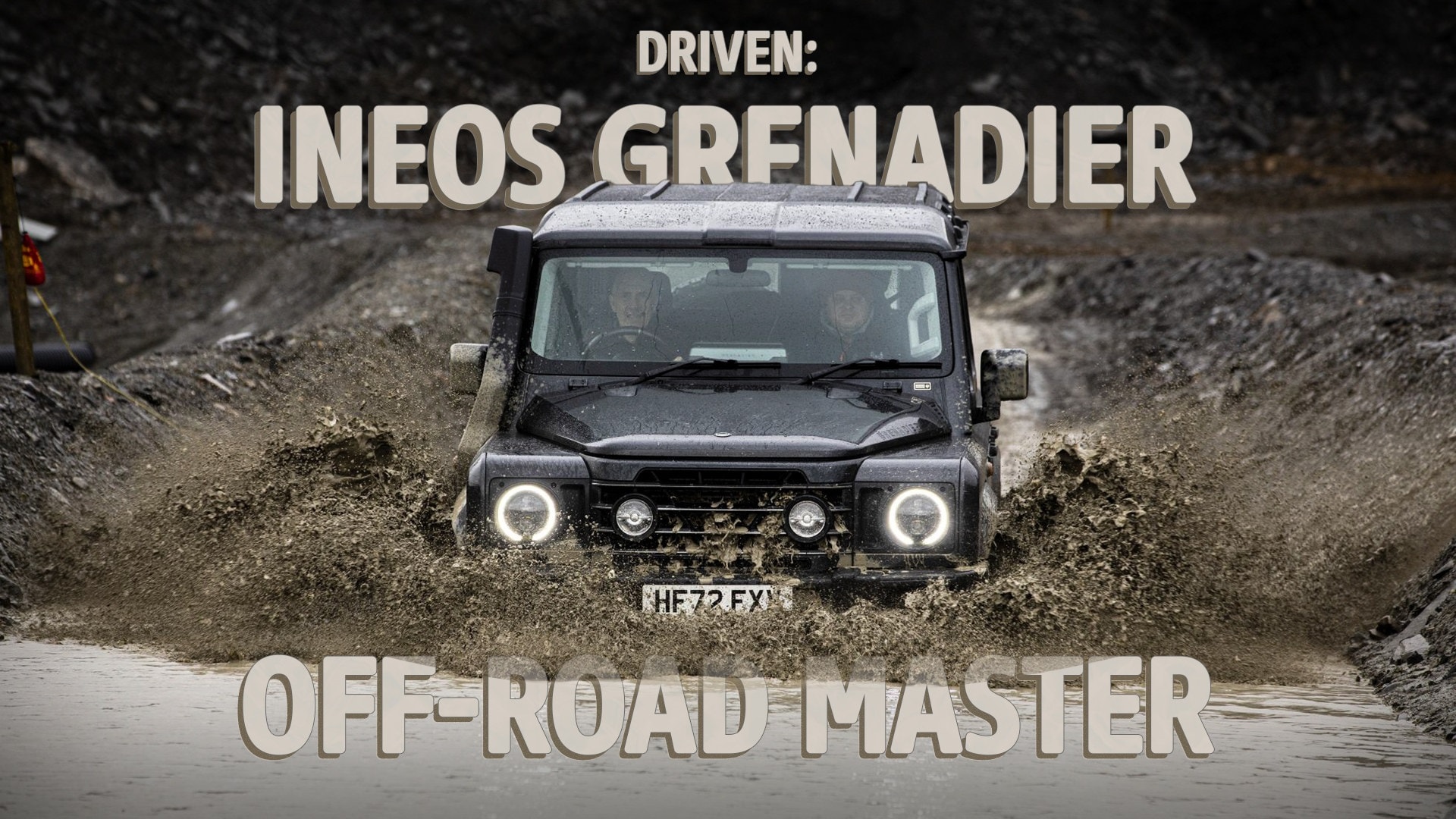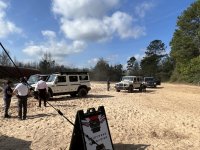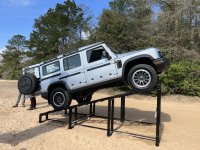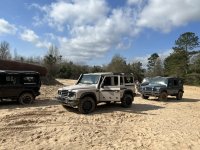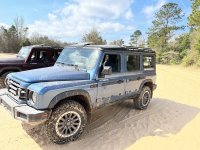TLDR: a truck engine should be low reving, NA, port injected, low tech, or a simple diesel.
With modern variable vain (or twin scroll like the b58) turbo engines and variable valve timing, viable valve lift, variable cam timing, cylinder deactivation etc. a manufacturer can make an engine do a lot of things that were not possible in the Chevy 305 era.
Of course, all of these things are potential failure points. And engineers have a habit of “optimizing” everything. More on that later.
The next consideration which I alluded to in the reference to the GT3 engine is design.
Cribbed this: The
force of inertia is a function of mass times acceleration, and the magnitude of these
forces increases as the
square of the engine
speed. In other words, if you double the engine
speed from 3,000 to 6,000 rpm, the
forces acting on the
piston don't double—they quadruple.
So the difference between 3000rpm and 9000rpm is 9X and you are pushing what you can actually do with piston speed. This is not some crazy analogy either, a 6BT redlines at 3200rpm. Designing an engine to survive 9k rpm is no joke. And it’s expensive, really expensive. And you can get the same headline HP number with a turbo at much, much lower rpm.
So you can build a 9k rpm, all aluminium engine that gets >125hp/liter (the new GT3RS is 518hp) without a turbo (Porsche 4.0) or you can build a 3200rpm, all cast iron engine that gets 25hp/liter with a turbo (6BT). And the Porsche produces more torque per liter. 339 v 400 (obv the 6BT increased over time).
Now I do think the Porsche 4.0 is a good engine, I would not have bought the car if I did not think so (insert Rover V8 joke here), but I have no illusions that it will be as durable as a 12v 6BT.
Back to my optimization point. Cummins 6MT was optimized for reliability, Porsche is optimized for most everything. Neither were really optimized for cost (thankfully) or NVH.
So take the B58. By all accounts it’s not a bad engine (so far), but it’s optimized for emissions, fuel economy, NVH, weight, cost (to an extent), power (depending on tune/spec — S58 variant is pushing 500hp). Will it power a truck? Sure. Is it a truck engine? Not in my book. Even the B57 diesel (which apparently uses the same bottom end as the B58) is very tech heavy. I get it, the add ons make things more efficient, even more powerful, but I don’t see BMW optimizing for reliability and durability, let alone ease of repair, which, to me, should be a paramount considerations in a truck engine.
I have gotten addicted to engine tear down videos (I do cars on YouTube) and it’s really fascinating to see, especially the ones that are by reputation very good (jeep 4.0, cummins, 7.3 powerstroke, LS, 2JZ, UZ and UR). You see different design philosophies at play. He still has not done a 2TR-FE though.

